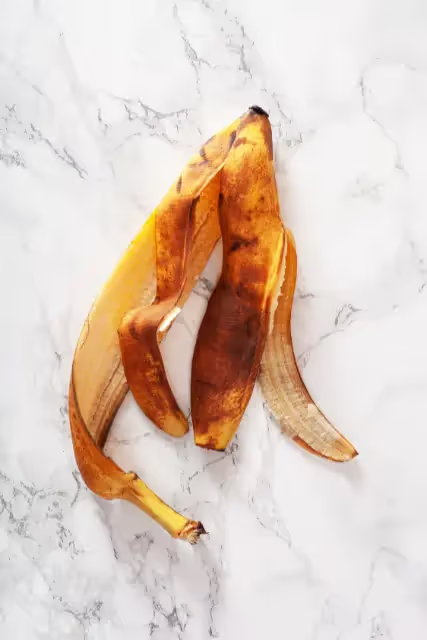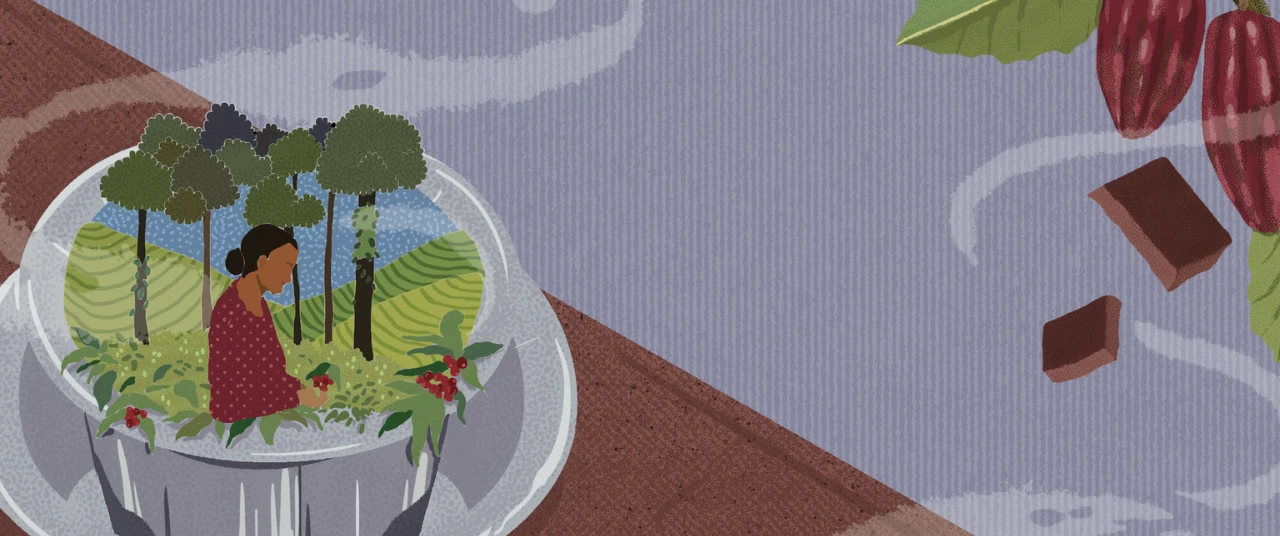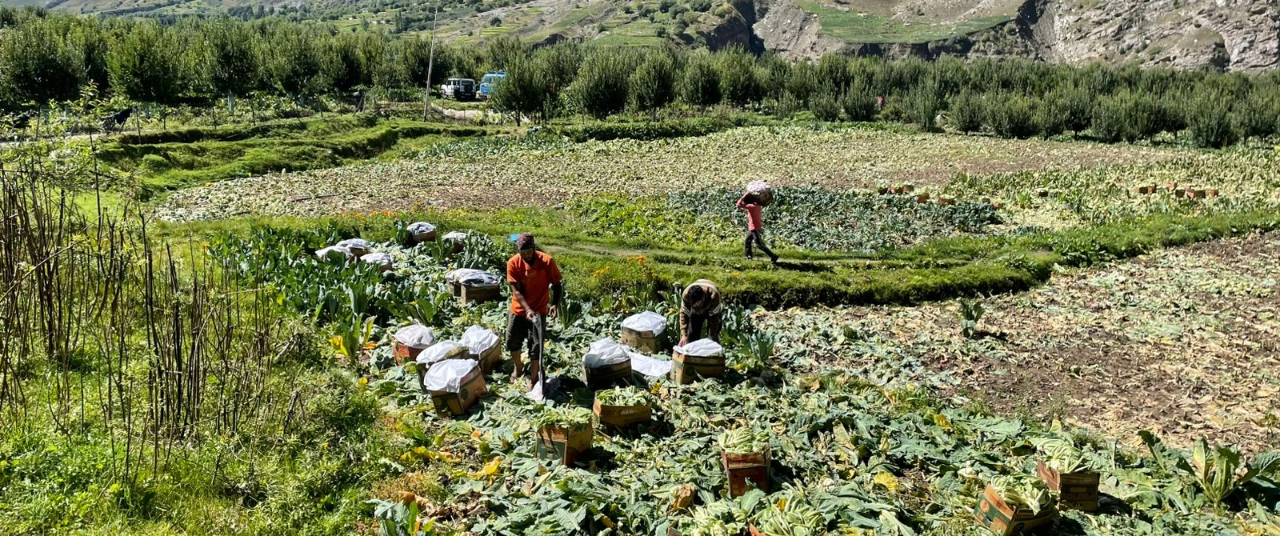The right way to return biodegradable waste to the earth—without harming plants or attracting pests






Editor’s Note: In this series, the Good Food Movement explores composting—a climate-friendly, organic way to deal with waste. We answer questions about what you can compost, how to build composting bins and how this process can reshape our relationship with nature and our urban ecosystem.
Somewhere, in the back of your fridge, a half-cut lemon is quietly dying. On the kitchen counter, a banana peel is browning at the edges, oxidising in peace. It’s tempting, in moments like these, to believe that since these scraps come from the earth, the right thing to do is return them there—directly, with no fuss. Just dig a hole in your garden or potted plant, drop them in, pat the soil, and trust that nature will sort it all out.
But nature is not your tidy, obliging roommate. Left to its own devices, nature can be a little… feral.
A baneful byproduct
What seems like a simple return-to-the-soil moment actually triggers a complex process known as anaerobic decomposition—that is, rotting in the absence of oxygen. Your buried veggie scraps will begin to break down, sure, but not in the clean, cooperative way you imagined. Instead, thriving without oxygen, a set of anaerobic bacteria move in. They are smelly, slow, and disturbingly fond of producing methane, a potent greenhouse gas. The buried banana peel won’t become rich, healthy soil. It’ll ferment underground and maybe even poison your plants along the way.
Composting, on the other hand, is organised decomposition. It is aerobic, meaning it depends on oxygen and works on balance. Composting takes the chaos of rotting food and organises it into a microbial feast. When done right, a compost pile heats up to around 60°C, killing off pathogens and weed seeds while inviting an entire ecosystem of beneficial bacteria, fungi, and worms to get to work. Your kitchen waste doesn't just disappear; it transforms into a dark, earthy material that smells like a walk in the woods.
Plus, composting shouldn't smell bad if managed well. A sharp, chemical smell often signals too much nitrogen, while musty or rotten egg odours usually mean there's too much moisture or not enough oxygen. You can fix this with dry carbon materials (dried leaves or coconut husk) and aeration. Most odours stem from anaerobic conditions and can be controlled with proper mixing, moisture balance, and ventilation.
Composting, on the other hand, is organised decomposition.
Methane-related concerns aside, what could go wrong with burying your veggie peels in the soil? The answer, besides the smell and potential for pest infestations (hello, rats), lies in chemistry. Raw kitchen waste, when dumped directly into the soil, devours a lion’s share of the nitrogen from the soil to decompose. This means microbes feast first—and your plants go hungry. In contrast, compost is pre-digested food. It offers nutrients that are stable, balanced, and readily absorbed by roots.
Also read: Why composting is good for your garden—and the planet
Yes, composting takes some effort. You have to collect your scraps. You need a bin or a pile, some patience, and a willingness to stir what is essentially very slow, very warm, smelly garbage. But the return is generous: a substance Cleopatra once honoured by making its producers—worms—sacred. A fertiliser so alive it practically hums. And perhaps most satisfyingly, a deep, smug thrill that you’ve made something useful out of waste.
The next time you eye that mouldy bread or onion skin, resist the urge to bury it in your flowerpot like a secret. Compost it. Because even chaos needs structure. And your kitchen waste deserves better.
{{quiz}}
Explore other topics
References






.avif)
.png)



